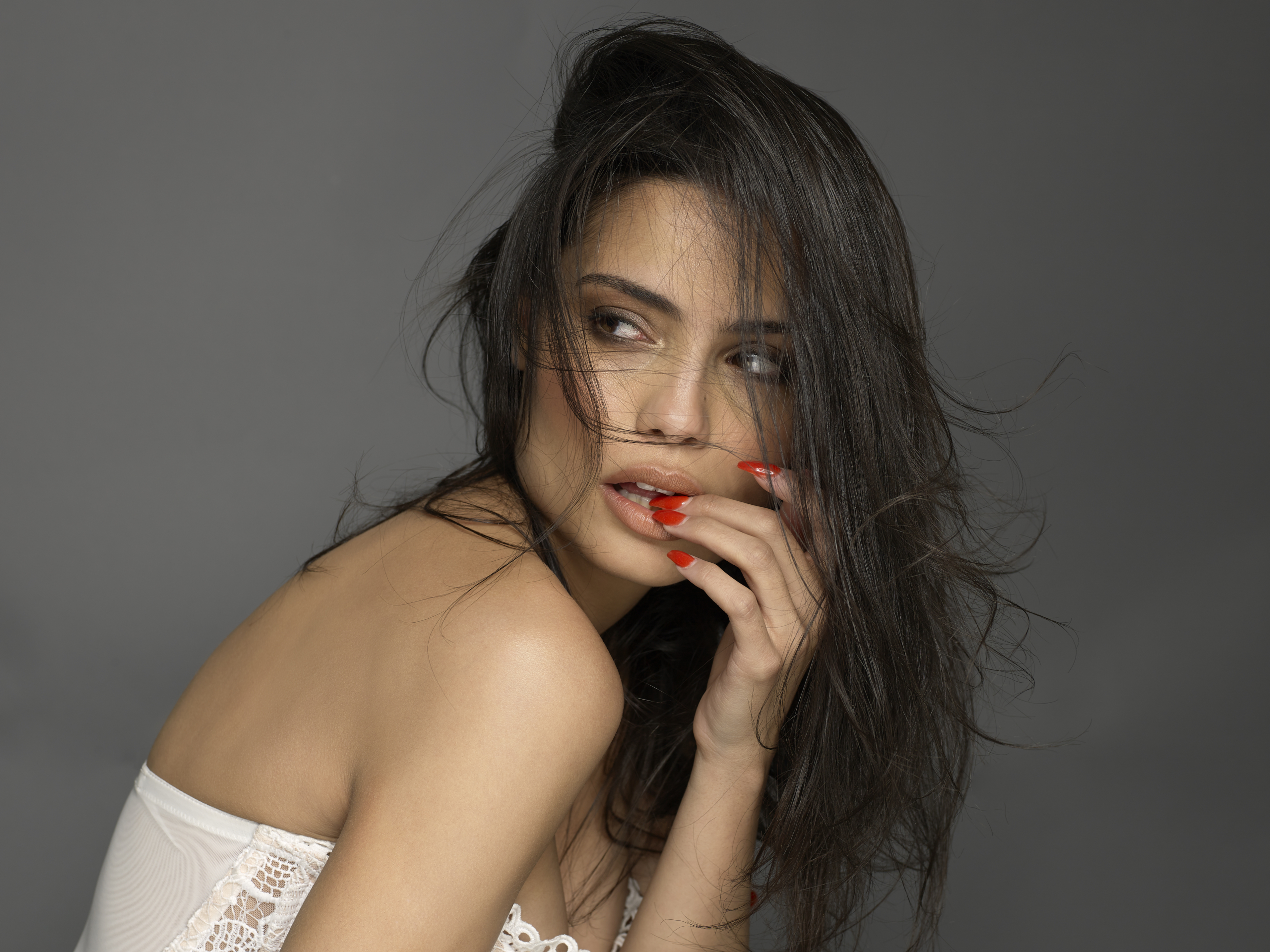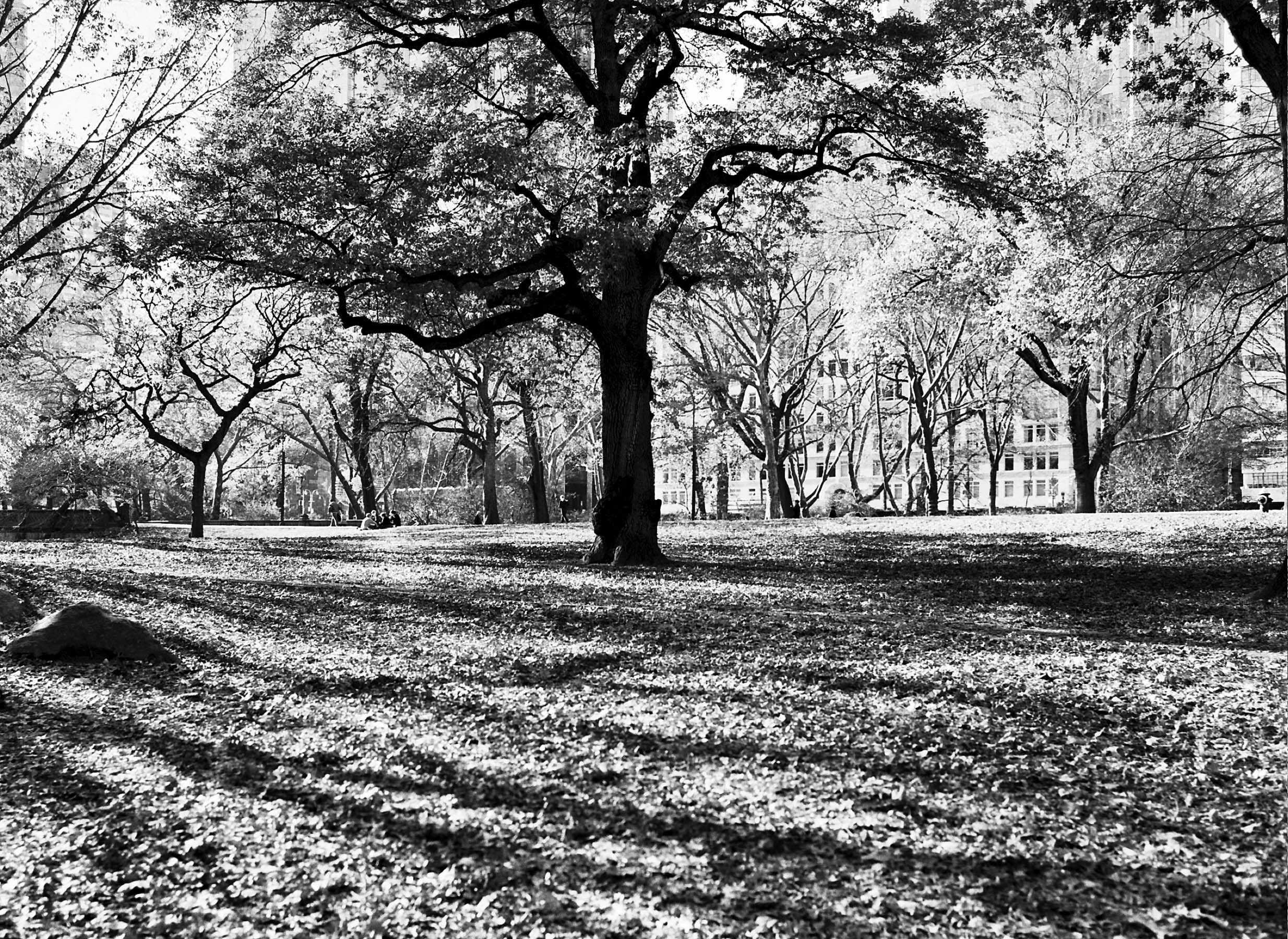[Original Airing Date: February 12, 2009]
This blog is from the archives and happened to be one of the most controversial blogs I have ever written. So controversial that it actually got me blocked from shooting for a few agencies for a while. I didn’t care. I always advocated for models ever since I got into the industry. If nothing else, an educated model is a smart model and a smart model can then make smart decisions. Enjoy.
***********************************************
There is a definite hierarchy in the modeling industry. Every model wants to be the new face of a product (be it clothing, perfume, sports drink). Every booker wishes to be the one to discover that new face, and ultimately every photographer wishes to be the one to capture that image that launched that career. But the bottom line is (or I guess in this instance, the top line is), it is all about what the client wants and in that instance, the client is the God of the industry.
Clients can be very particular in who they want to represent their product. It is never a fly-by-night decision, because millions upon millions of dollars are married to the project of finding the face. There are castings, auditions, panels and sometimes even focus groups. So by the time you saw the billboards and magazine advertisements of Pierre Woods as the new African American face of Ralph Lauren, a lot of behind the scenes maneuvering went on to make that dream a reality.
The artistic/creative director sends out a casting call. Looking for the New Face of [fill in the blanks]. We want him to be this tall, this build, this complexion, this age. They are very specific. They go to all the agencies around the country (and some times around the world) to find this model. Every agency submit their best in hopes of their agency securing the job. Sometimes a rebel agency may submit a model that was not the description needed in hopes that maybe, just maybe the artistic/creative director may see this renegade model and go “hey, wait a minute. THIS IS THE ONE!” This kind of casting goes on everyday from casting for an underwear model, to the faces that grace the runway of any major city Fashion Week.
The entry into this arena are held by a very small, chosen and powerful group of men and women known as the Bookers. They decide who the client will and will not see. They decide who gets picked up and signed to an agency. They decide who they wish to invest their time, energy and resources in. It is a demanding job. It is a very powerful job. It can also be a very narrow-minded position as well.
When it comes to selecting a model, each Booker has in mind what they think should be the “it” face at the time. While Booker A may choose a model that is a little more buff, Booker B will turn that model away for the same exact reason. I’ve seen this happened even within the same agency. It all boils down to the matter of taste. There isn’t a blueprint that a Booker may follow that will determine if a model becomes a signed entity or not, because if that were the case, all the models would look alike and the agencies would look like a microcosmos of Chelsea. There have been times that I’ve submitted some beautiful models to agencies, only to have them say “thanks, but no thanks.” Being a photographer, I don’t have the “Booker” eye. I just see beauty and I just pass the beauty on to the Gatekeepers in hope that they will like the model. One unsigned model I photographed (who is tragically beautiful) was turned down by a major New York agency. I asked why, because this young man wasn’t just beautiful by let’s say New York standards, he was galatically beautiful (even the Martians could not deny this young man looks). The Booker was uninterested. His reasoning? “To femme. My clients would not want to use him.” How did this Booker know that? Does the appearance of this particular model, femme or not negate the ability of him selling a particular item in the right market? Most of the models in the big campaigns are not the most masculine fellows out there. That means, because the Booker didn’t like the model (even though he did agree that the model was indeed beautiful), it turned out not to be his personal taste. Once I understood that, when he did send me models to shoot, I saw a particular pattern of the types of models in which he liked. They were usually urban, rough around the edges, streety and a bit thug like – one model even had gang tattoos on his body and face. So the model I presented to him would have never had a chance, merely because he didn’t fit the criteria for what this particular Booker liked. However, when I saw this model, he could easily be placed in a Dolce & Gabanna campaign, Calvin Klein, Gucci or even Prada. But because he was of delicate nature and not thugged out enough, the Booker had no use for him. Was he good looking? Yes, tragically so. Was he the correct height? Yes. The correct weight? Yes. The correct look? Yes. The correct type? That depends on who you decide to ask. This will be a heated debate for times to come.
I find myself being the unsung hero for the unsigned models that have potential. I know that when I photograph a model and immediately get inquiries, that the model has something. The Booker may not agree to it, but the something cannot be denied. I then personally take it upon myself to advocate for the “turned down” models, because believe me when I say I push and push and push and once the model is signed, and is working, I usually go back the Booker that turned them down and say: “remember so and so? He’s the new face of…. [fill in the blanks]”
To see original blogs please go to: http://dallasjlogan.blogspot.com/







Leave A Comment
You must be logged in to post a comment.